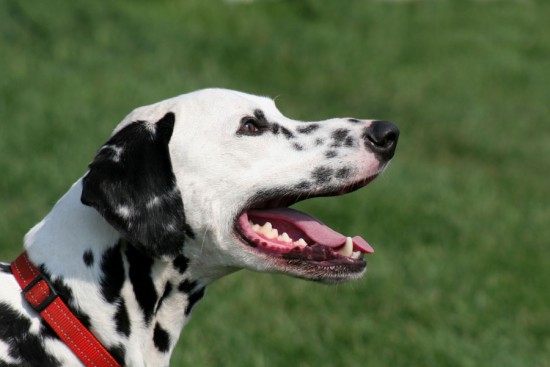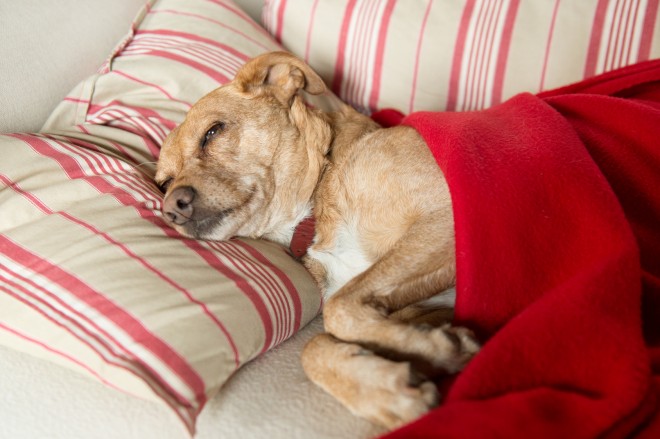A trip to the supermarket can turn into pure confusion when you see the dog food aisle with its countless options. There are dry foods, can foods, and packaged foods. It抯 hard to know where to start.
To begin your search for the proper dog food you should concentrate on dry food first. Dry food makes up the bulk of what your canine will eat. Some dogs may never even need to eat canned foods. If you choose to feed your canine canned food, mix it with dry food or provide it simply as an occasional treat. Canned foods can be high in fat.
The first factor of dog food is age. Puppies need special foods that are for puppies only. These foods tend to have a higher fat content to provide energy as well as smaller bits that are easier for puppies to chew. Older dogs may need a food that is geared toward their aging needs. These foods may introduce special oils and minerals that older dogs need to maintain healthy bones and muscles and avoid injury.
Protein, fat and by-products are also important factors when choosing the right dog food for you and your dog. Always read the back of the dog food bag before you buy and serve it. You should look to see what proteins are used. Great foods will state the actual protein source such as chicken or beef whereas lower quality foods may just say meat or poultry. You should also avoid foods that derive protein from plants. These foods may be cheaper, but your dog needs the best protein sources available.
Each day, your dog should receive twenty percent of fat from their food. Dogs use fat to provide them with energy. As long as your dog is getting plenty of exercise, they will burn off this high fat content and convert it to lean muscle. If your dog is overweight or older you may opt for a special diet food that provides a lower fat content. When your dog is overweight it puts strain on his or her bones, joints and heart.
When your dog is healthy you should be able to feel but not see his or her ribs. If you can see your dog抯 ribs, increase their food intake or provide a food with a higher fat content. If you cannot feel your dog抯 ribs, add more exercise and then consider moving to a special diet dog food. Filler or by-products are also a chief aspect in your dog food selection. Not all by-products are bad as long as they name the source, such as beef or chicken by-products.
When you purchase dog food, remember that cheaper is not always better. The less you spend on dog food may mean higher vet bills because improper nutrition may cause health issues. As mentioned before, always read the back of the dog food. If you are still unsure how to make the right choice, your veterinarian is a great source of information for food recommendations.
You can also ask your vet to recommended types of wet or canned food for treats or to add to your dog抯 dry food. If your dog is overweight, your vet may even suggest that you avoid these fattier canned foods for leaner special dry food that will help your dog reach and maintain a proper weight.
Your vet can also advise you on what type, if any, of table scraps you can give your dog. If you do feed your canine table scraps, learn what foods to avoid and consider adding scraps to their bowl at meal time instead of allowing all day snacking. A proper dog diet along with plenty of exercise will help your canine to live a happy and full life.

 Deaf Dog, Hearing World - Living With Your Deaf Dog
Deaf Dog, Hearing
Deaf Dog, Hearing World - Living With Your Deaf Dog
Deaf Dog, Hearing
 What Causes A Heart Murmur In The Cat?
What Causes A Hea
What Causes A Heart Murmur In The Cat?
What Causes A Hea
 Research Shows That Children Are More Likely Than Adults To Be Bitten By Dogs
Research Shows Th
Research Shows That Children Are More Likely Than Adults To Be Bitten By Dogs
Research Shows Th
 Aspirin Poisoning In Dogs
Aspirin Poisoning
Aspirin Poisoning In Dogs
Aspirin Poisoning
 Change Yourself, Change Your Horse
Changing yourself includes expanding your knowledge and
Change Yourself, Change Your Horse
Changing yourself includes expanding your knowledge and